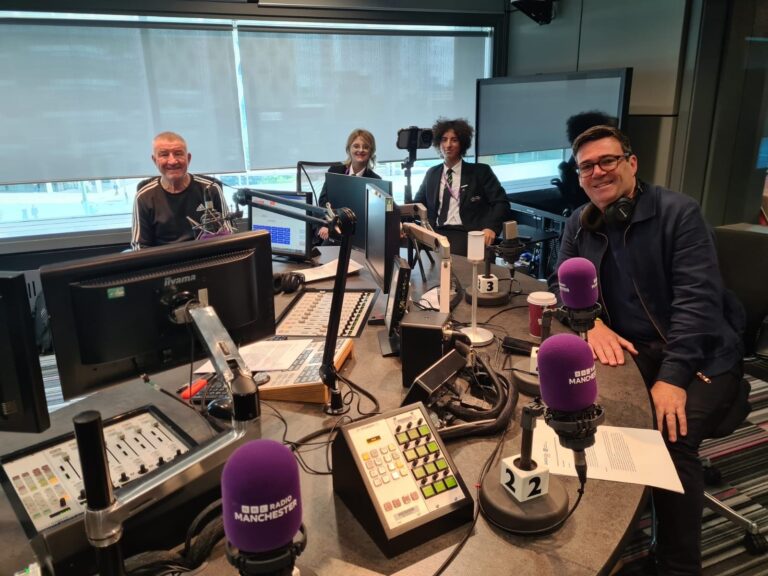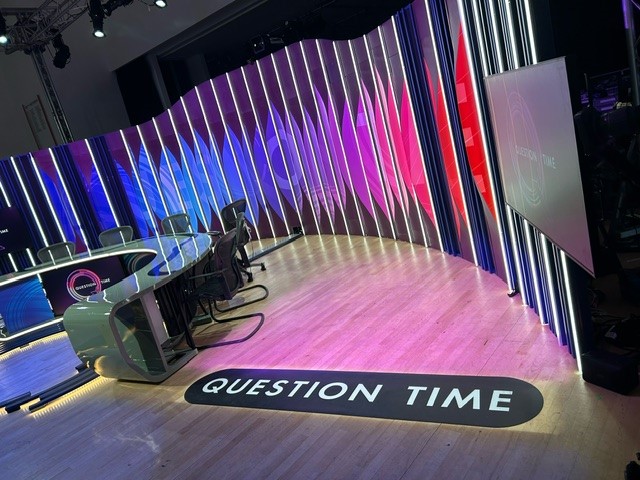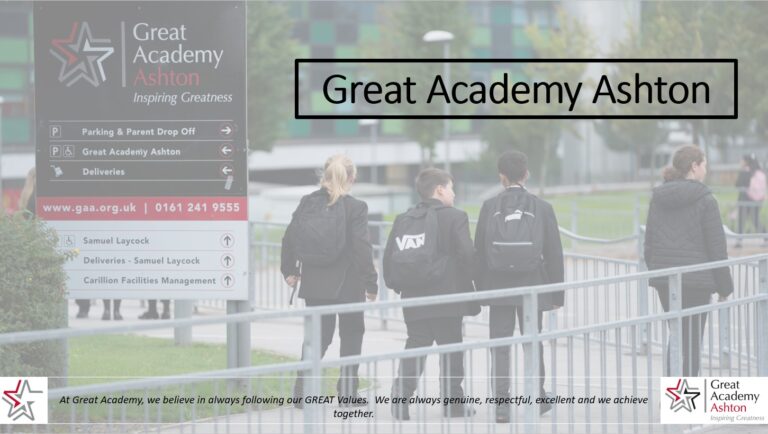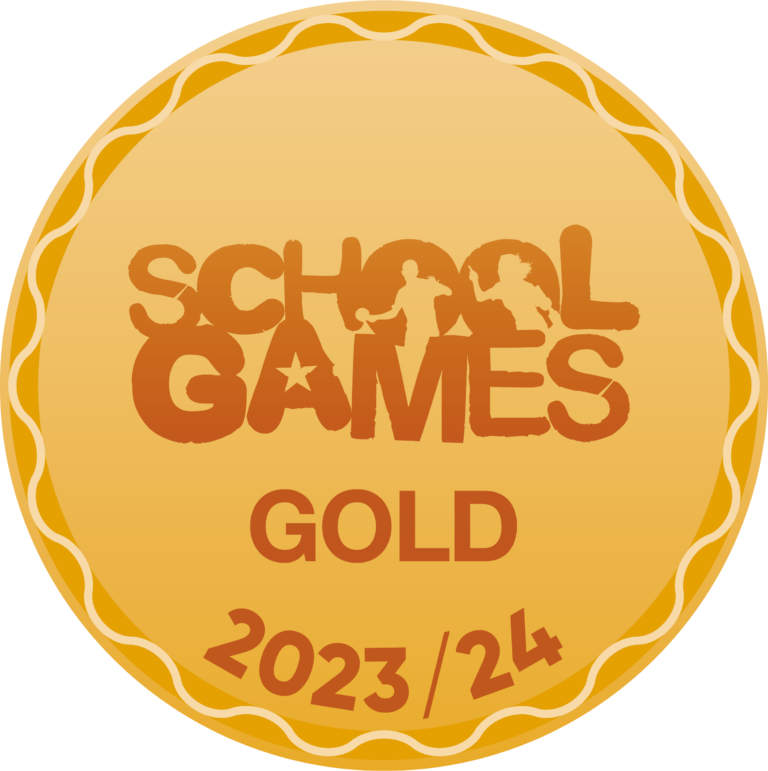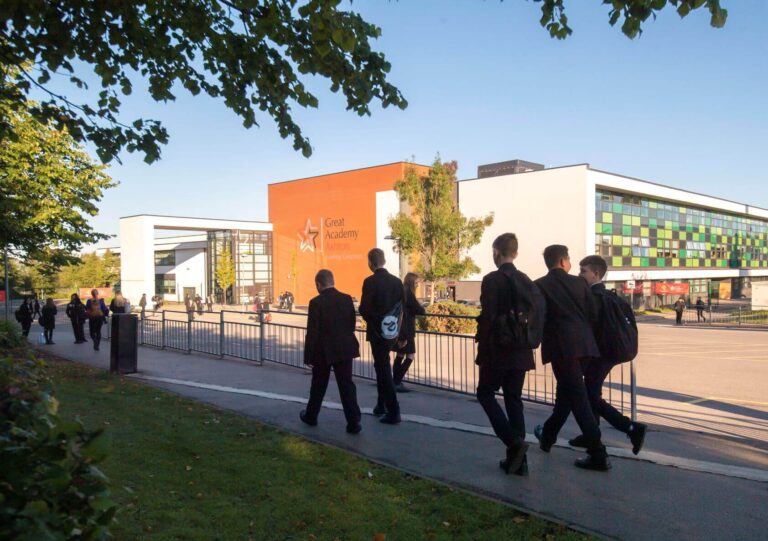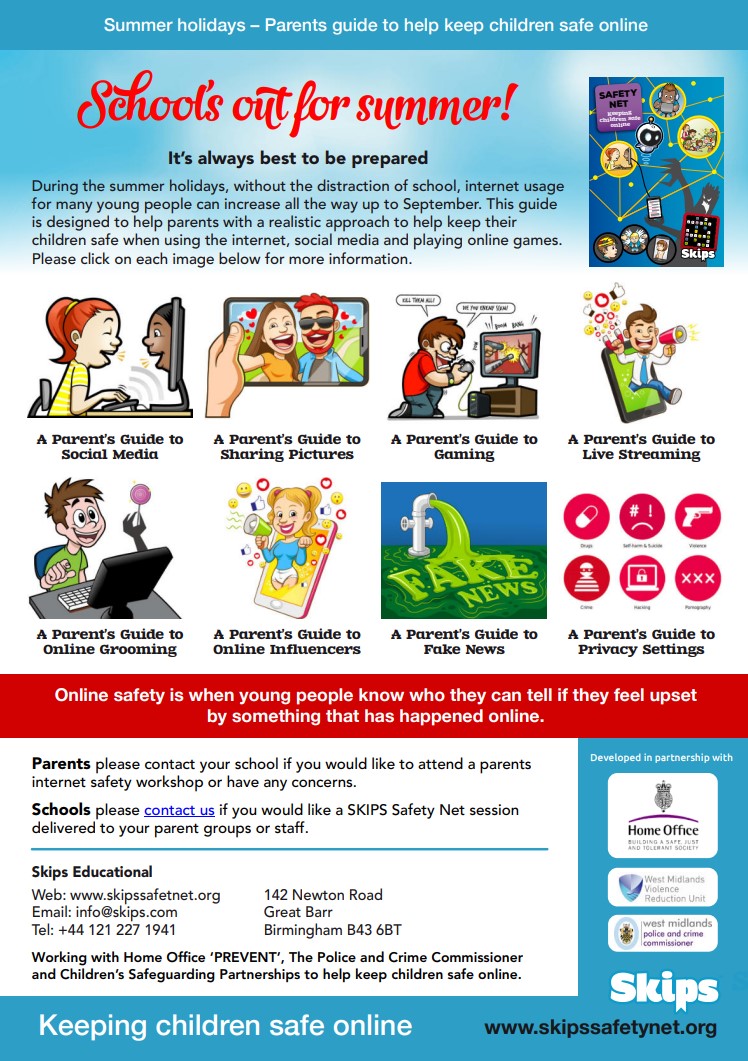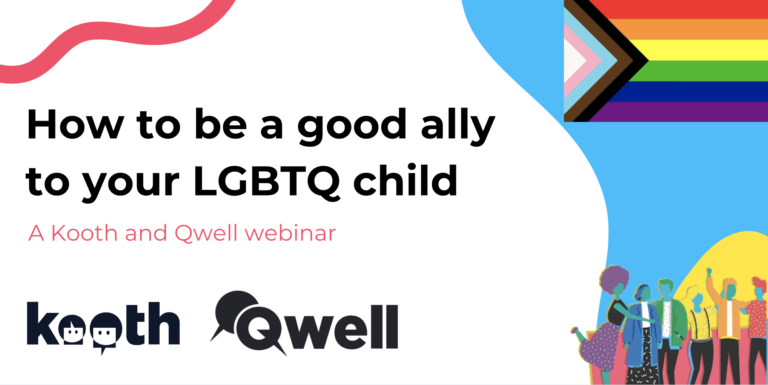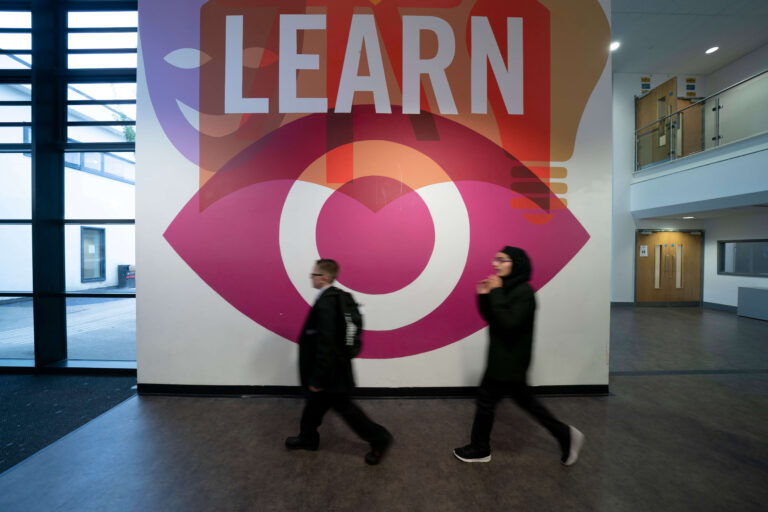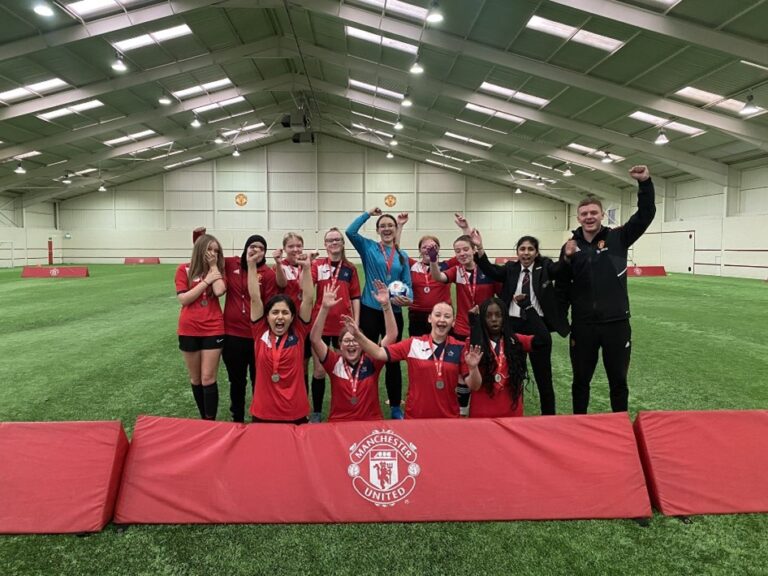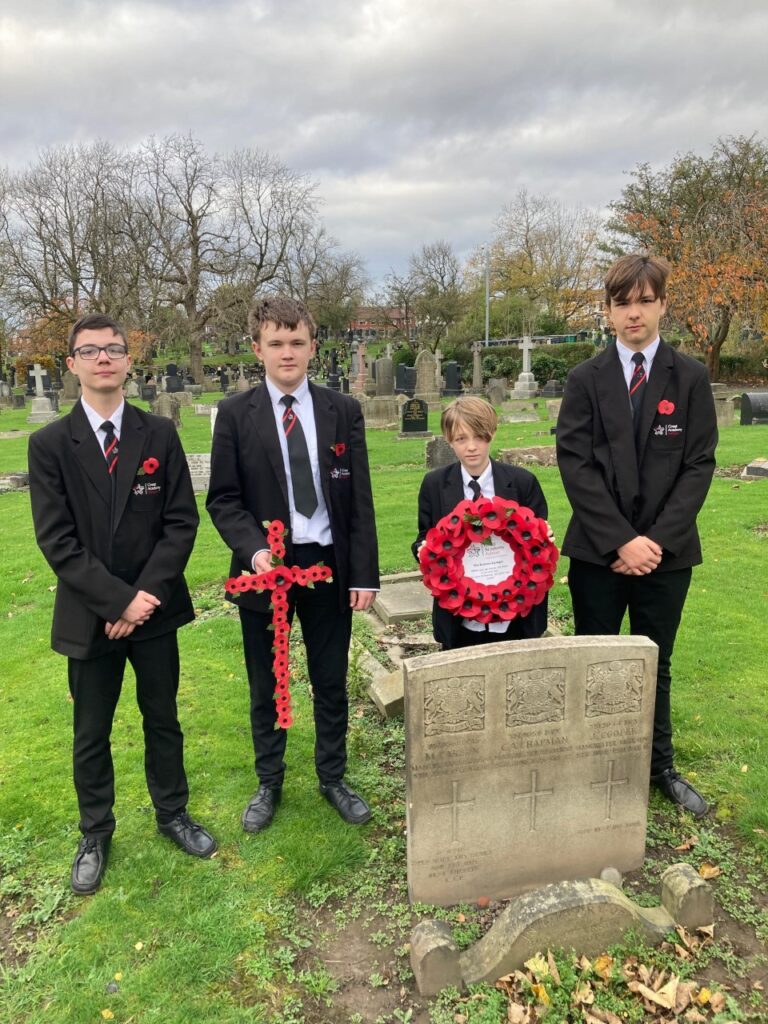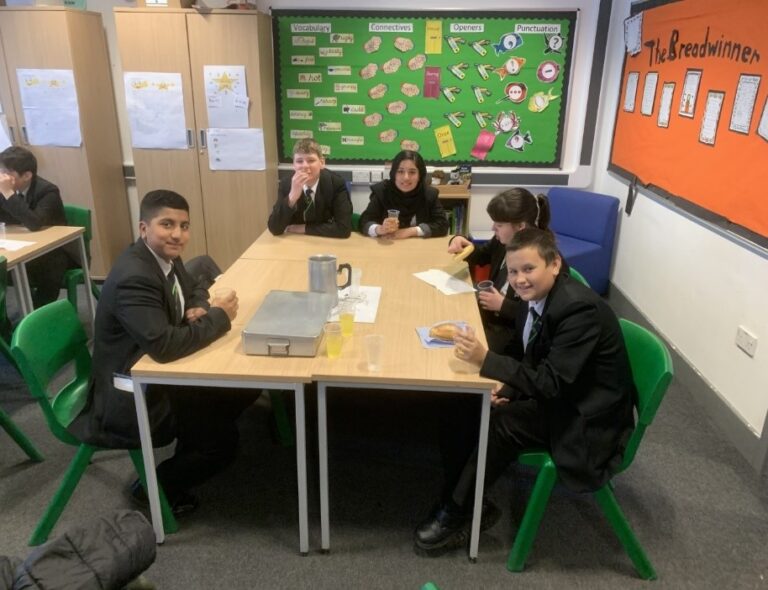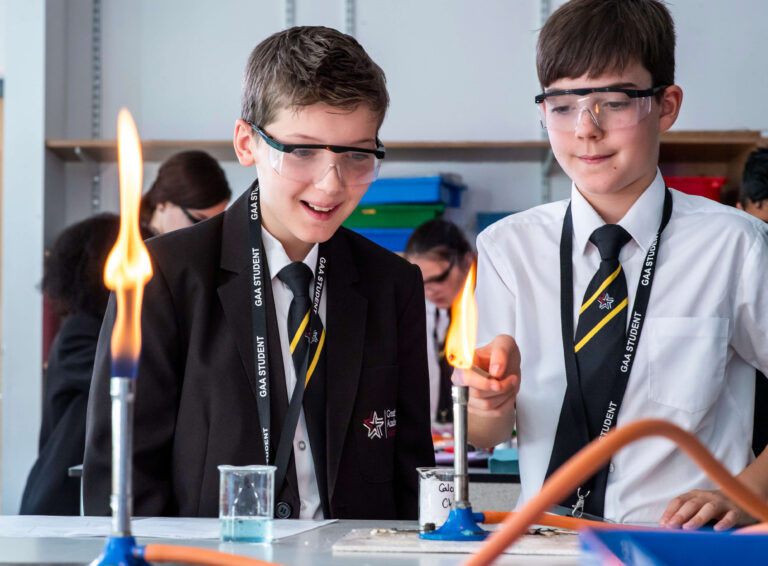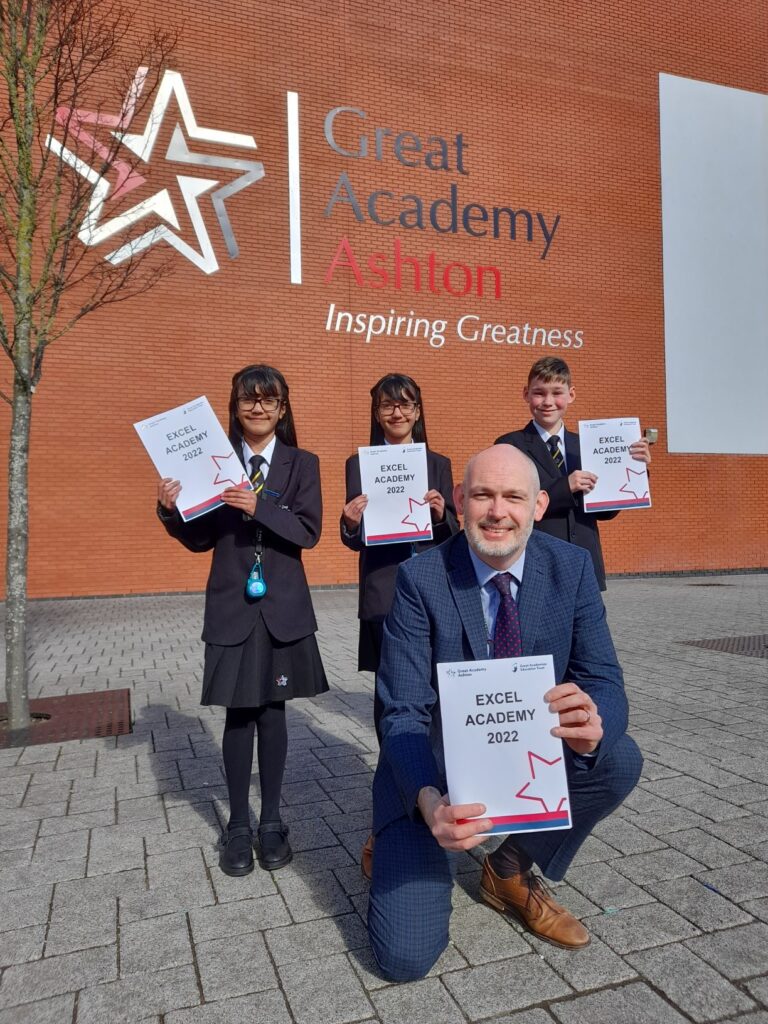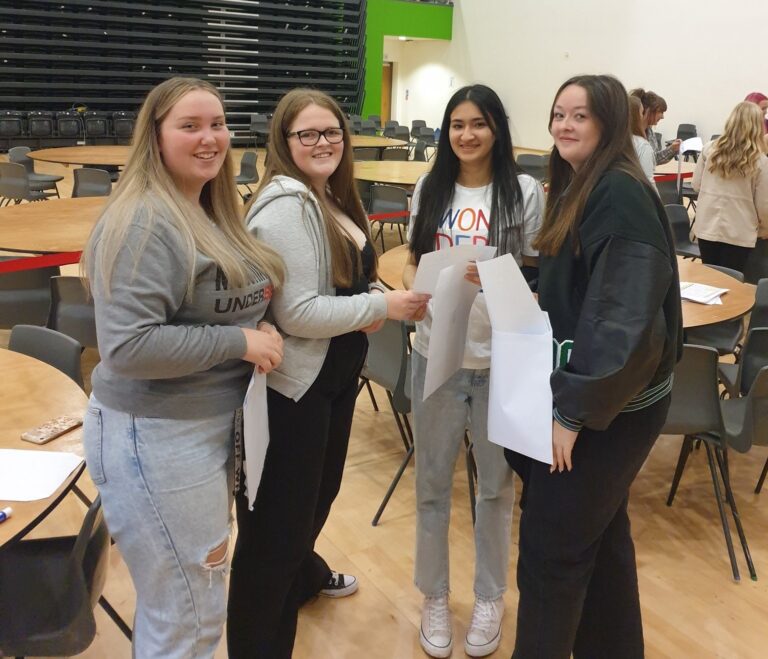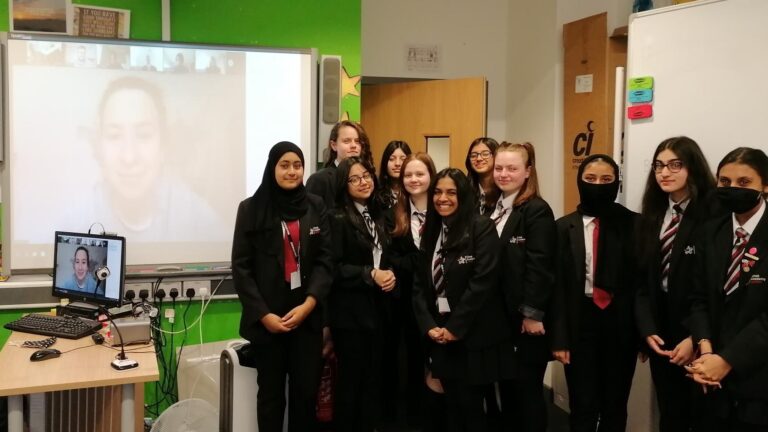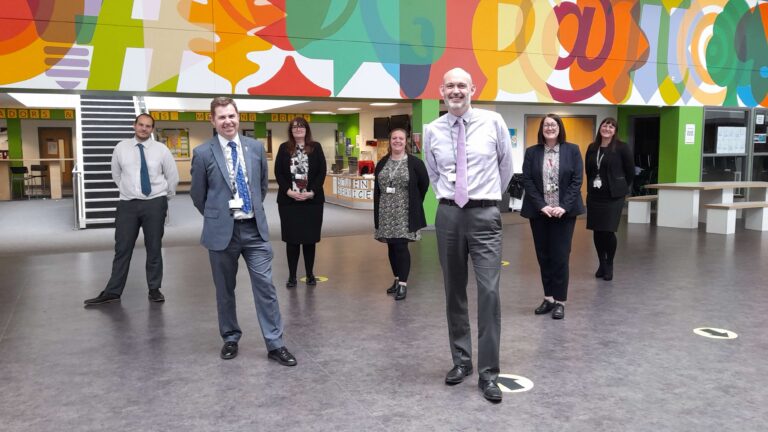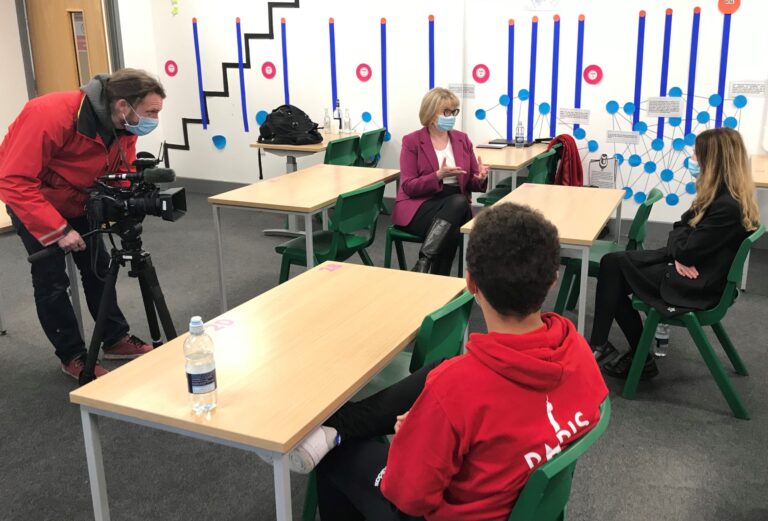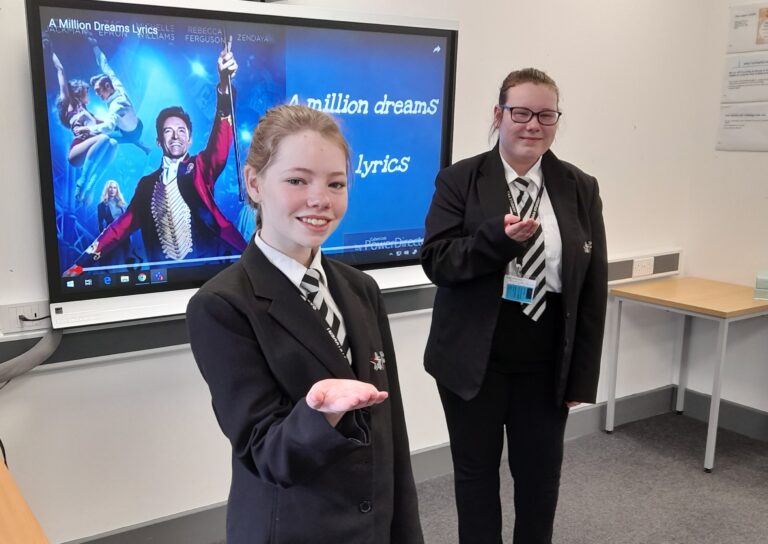Our School Day
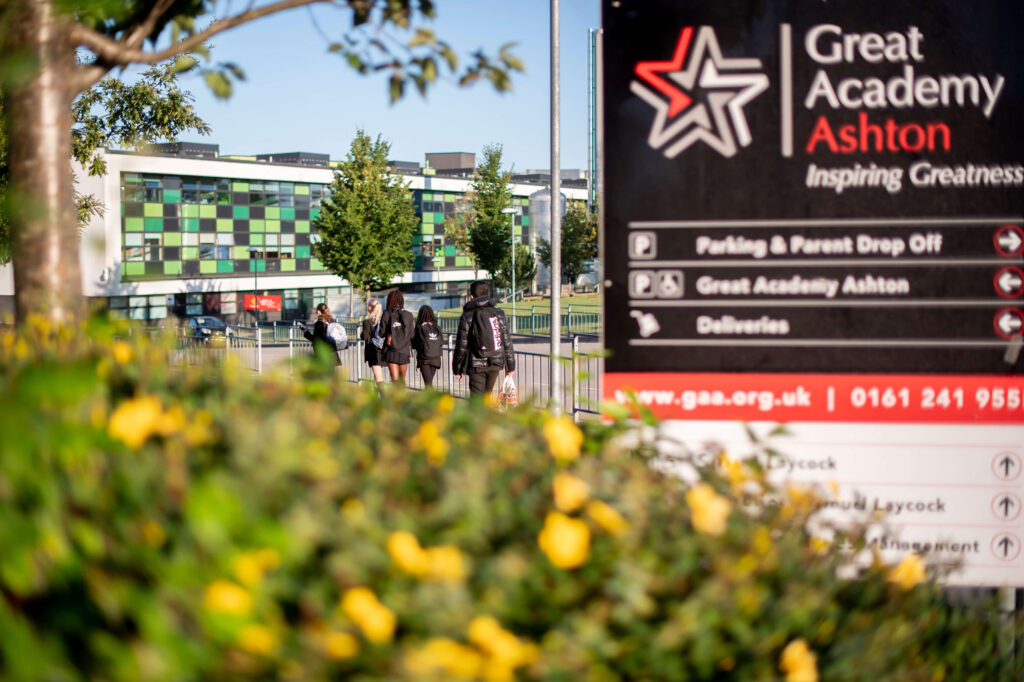
What does a typical day look like?
| Period | Timing |
|---|---|
| Morning Mood | 8.32am |
| Registration | 8.40am – 8.50am |
| Period 1 | 8.50am – 9.50am |
| Period 2 | 9.50am – 10.50am |
| Break | 10.50am – 11.10am |
| Period 3 | 11.10am – 12.10pm |
| Period 4 | 12.10pm – 1.10pm |
| Lunch | 1.10pm – 1.45pm |
| Reg + Read (see below) | 1.45pm – 2.05pm |
| Period 5 | 2.05pm – 3.05pm |
In a week students attend school for 32 hours and 55 mins
Registration + Read
The Rationale
Reading for pleasure is cited as bringing several academic and emotional wellbeing advantages. Reading for teenagers naturally decreases; an avid reader at primary school often becomes a non reader in their teenage years. As a result, the language acquisition and development of comprehension skill associated with reading declines. Furthermore, struggling readers can stop accessing whole books altogether, only every reading extracts, snippets and abridged versions of literature. In promoting a reading for pleasure curriculum, we hope to: increase vocabulary acquisition; model fluent reading; develop comprehension skills and promote oracy through discussion questions. The R&R curriculum also serves to punctuate the school day with a comma, a pause; after the excitement of informal lunchtime activity aiding a smooth transition from social time to learning time.
The Canon
From Years 7 to 11, students have potential to read 18 books and this is then complemented with the non-fiction articles in year 11.
Year 7 – You are Awesome, Thieves of Ostia, Witches of Pendle, Lightning Mary, You are a Champion, The House With the Chicken Legs, Greenwild.
Year 8 – The Curious Incident of the Dog in the Night-time, The Northern Lights, When I see Blue. The Ripper of Whitechapel, The Wheel of Surya, The Sun and the Star.
Year 9 – Noughts and Crosses, Shadow and Bone, Young Blood, Medusa, Keeper, the Magpie
Year 10 – One of Us is Lying, Scythe, The Inheritance Games, The Borden Murders, Lionheart Girl, Divergent.
Year 11 – The Tattooist of Auschwitz, non fiction articles.
What can students do after school and at lunchtime?
They are able to enjoy the outdoor space as well being able to attend any of the lunchtime extra curricular activities.
What extra-curricular clubs can your child go to?
We offer lots of extracurricular opportunities in a variety of different subjects. A few examples of clubs that have run this year are: Science club, Choirs, Music clubs, Homework club, PE clubs like football, netball, gymnastics, rounders, trampolining and more.
We love it if pupils take their transition to secondary school as a chance to try something new and join a club: you can go to as many as you like. It is also a great way of meeting new people and making friends.
